
Music Appreciation Online
5th Edition
ISBN: 978-1-7350385-1-3
Authors: Donald D. Megill, David W. Megill
Music Appreciation Online teaches the basic elements of music appreciation and music history. Its integrated approach allows students with no previous musical experience to explore the history of music through reading, listening, writing assignments, concert attendance, and research. Topics covered in the 14-lesson course include the appreciation process, musical styles and taste, music history, sound, musical instruments, listening techniques, elements of music, and roles of composers, performers, and listeners. Stylistic periods in music span from the early beginnings of music into the twenty-first century.
A rich selection of excerpts and pieces are referenced in the lectures, reading assignments, and quizzes. Designed to guide students in the art of listening, interactive timed listening notes embedded in the lectures encourage students to follow the progress of each composition, drawing attention to and demonstrating some of the musical themes as they occur.
Lessons

Lesson 1: Music & Culture: An Introduction
This lesson introduces the basic concepts of music appreciation, including the features that make up a musical style, a fine art, and an art period. After completing the lesson, students will be equipped with the steps needed to develop an appreciation of music. Students will also be able to understand how music history influences music today.

Lesson 2: Sounds & Its Sources: Musical Instruments & the Orchestra
This lesson provides an overview of the physical aspects of sound and how these aspects influence the sounds produced by common musical instruments. The lesson describes the development of the modern orchestra and the “families” of instruments. Overtones and the overtone series will also be explored in depth.
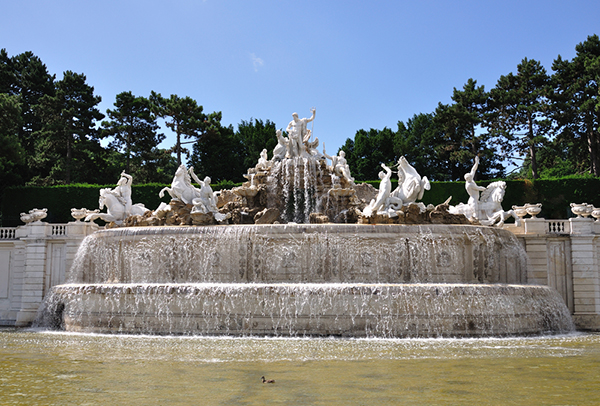
Lesson 3: The Language of Music: Basic Elements & Forms
This lesson will familiarize students with the basic elements of all music—motion, pitch, and tone. Other common elements will also be discussed, including harmony, texture, and tonality. Students will learn how these elements are expressed using musical notation, and how they are used to compose music.

Lesson 4: Monophony to Polyphony: Medieval, Gothic & Renaissance
This lesson introduces musical history by taking students on a journey, exploring everything from folk music to tribal music to Western folk music. The early period of Western classical music will be explored—the Medieval era (circa 500–1400) and the Renaissance era (circa 1400–1600). Students will learn how music evolved from monophony to polyphony.
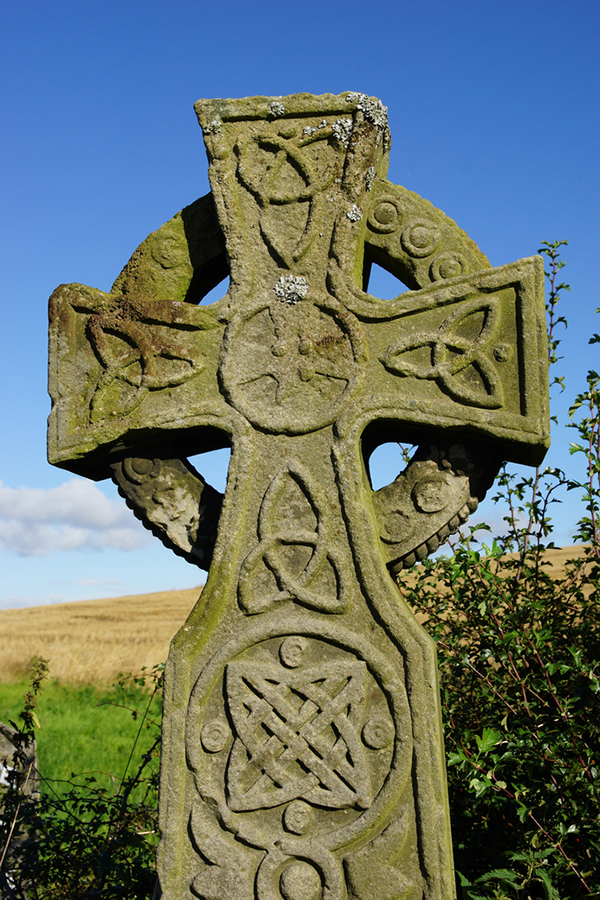
Lesson 5: Review: Medieval, Gothic & Renaissance
This lesson will explore the Renaissance era more in depth to understand how the influence of choral polyphonic music grew remarkably. Students will explore how the two main genres of the era—secular music and sacred music—were developed, and the key role composers played in the evolution of these genres. This lesson also introduces students to the Concert Report assignments and includes the Special Focus on “Motet or Madrigal?” that incorporates an in-depth listening and writing assignment.
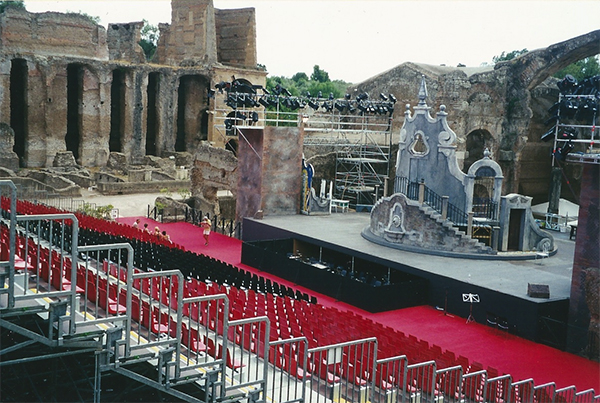
Lesson 6: Detail, Contrast & Emotions: The Baroque Period
This lesson examines the Baroque period and how detail, contrast, and emotions influenced music during that time. Students will be introduced to such notable composers of the period as J. S. Bach and G. F. Handel, who pioneered new styles of expression in vocal and instrumental music. like and the opera. Students will also trace the development of the concerto and the sonata as musical forms, and explore the Special Focus assignment “The Oratorio and Opera,” that includes detailed listening to identify the similarities and differences between these vocal forms.
Lesson 7: The First Historical Listening Exercise: Medieval, Renaissance & Baroque
This lesson introduces the first listening identification test, giving students the opportunity to demonstrate their familiarity with brief excerpts from the listening examples they have been studying from the medieval, Renaissance, and Baroque periods. Repeated listening with the listening notes will help students be aware of the composer, period, and title of each example.
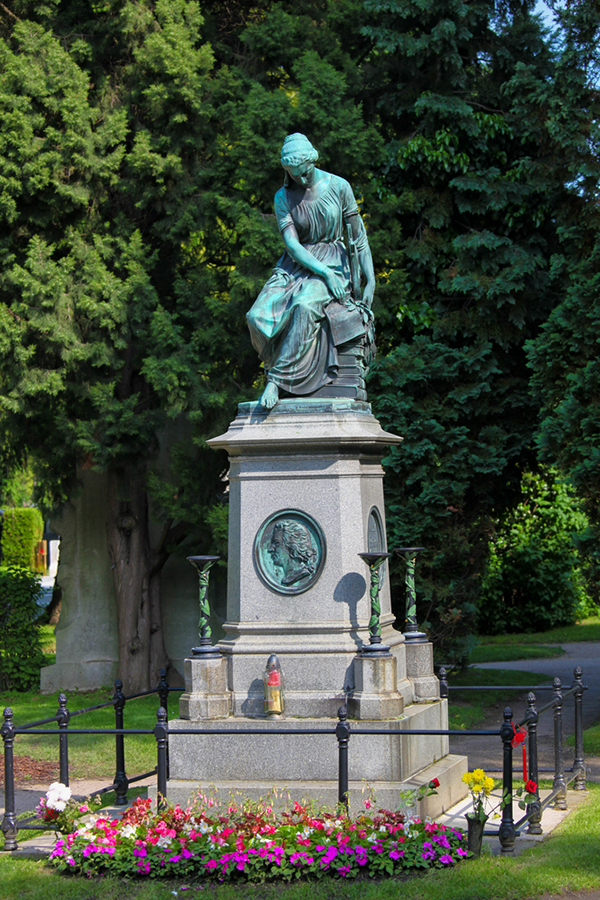
Lesson 8: Genius, Poise & Passion: The Viennese & the Romantic Periods
This lesson will help students understand how genius, poise, and passion influenced music during the Viennese and Romantic periods. Students will explore works by influential composers of the Viennese Period, such as Haydn, Mozart, and Beethoven, and see evidence of how homophony replaced polyphony and the basso continuo as the predominant texture and how the symphony became a dominant musical form. During the Romantic period, public concerts performed in secular venues gained popularity, while sacred music performed in church lost much of its influence and appeal. Intense emotional expression, individuality, poetry, wide variations in dynamic range, and a fondness for evoking the distant past and faraway places became hallmarks of Romantic compositions. This lesson also includes a Special Focus on the “Sonata-Allegro Form,” which was a central feature of Classical instrumental compositions ranging from solo and chamber works to concertos and symphonies.
Lesson 9: Listening Identification: Classical/Viennese & Romantic
This review will test the critical listening skills of students using excerpts from the Viennese and Romantic periods. Students should be familiar with the composer, period, and title of each musical piece.
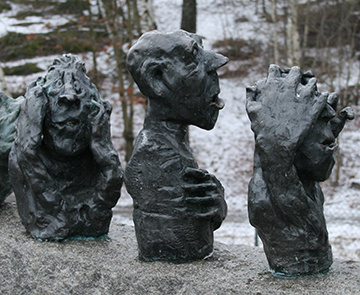
Lesson 10: Braving the Musical Elements: The Twentieth Century & New Music
This lesson will explore how the extensive variety of music composition in the twentieth century influences new music today. Students will also examine modern composers have handled the new trends and how technology and globalization have also influenced the shift. Advancements in technology have translated into new musical instruments and globalization has led to the remarkable influence of different cultures around the world.

Lesson 11: Musical Themes and Developments: Topics 1-5, plus Special Focus: The Concerto
NOTE from Wendy: PLEASE DELETE THIS ENTIRE SECTION; use corrected version of Lesson 11 below.
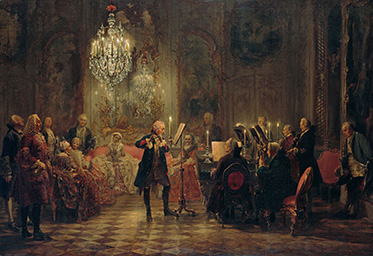
Lesson 11: Musical Themes & Development Topics 1-5, plus Special Focus: The Concerto
This is the first of the lessons on musical ideas and developments. These lessons follow no chronological order, but build on students’ understanding gained in the previous lessons to encourage them to explore more deeply certain musical trends and ideas that developed throughout history, including the changing relationship of words and music, the evolving role of the conductor and the relationship between the orchestra and the soloist over time, as well as the growing importance of improvisation in the solo concerto. The Special Focus on “The Concerto” offers insights into a term that has been used to describe instrumental music over several stylistic periods, and students will see how this term is redefined from period to period. Concertos are associated with soloists and the excitement of technical display and improvisation.
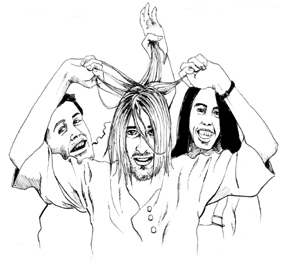
Lesson 12: Musical Themes & Development Topic 6, plus Special Focus: Chamber Music
This lesson will explore the relationship of the string quartet to other large musical forms and the importance of solo instrumental voices that were combined to create compositional texture in works for small ensembles. The Special Focus on “Chamber Music” examines the range of music developed for small ensembles, most notably the string quartet. The quartet resembled the symphony in terms of architecture and compositional techniques.
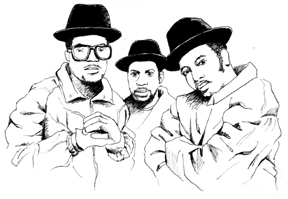
Lesson 13: Musical Themes & Development Topics 7-12, plus Special Focus: World Music
This lesson will examine the works of four composers from the United States who explored folk and contemporary music for inspiration. Another focus of this lesson is on how cultures and traditions from around the world influence the music we listen to today. The lesson explores musical theater and its traditions, how recording studios have changed how new music is created and performed, and will examine the cultural roots and evolution of two influential genres—jazz and rock. The Special Focus on “World Music” explores the cultural streams of several traditional musics of the world that have influenced that music of today.

Lesson 14: Review: The Twentieth Century & New Music
This final lesson will involve testing the critical listening skills of students using excerpts from the periods and music styles studied in previous lessons. Students should be familiar with the composers, title, and period of the musical piece.
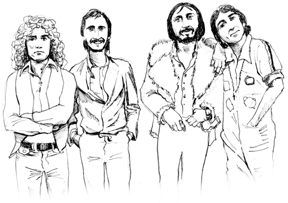
Lesson 14: The Top Five of All Time
NOTE FROM Wendy: Please deleted this entire section (use corrected
Lesson 14 above).
We're Here to Assist, Professors!
Hey there, educators! Got a question or hitting a snag? Your solutions are just a click away at our Support Site, a haven of resources tailored for the curious academic mind. And if you’re stumped, don’t hesitate to shoot us a support ticket – we’re geared up to assist you in making your teaching journey smoother!
9236 Sunridge Dr.
Riverside, CA 92508

